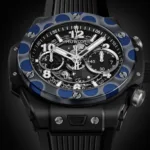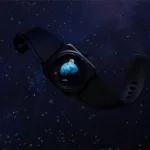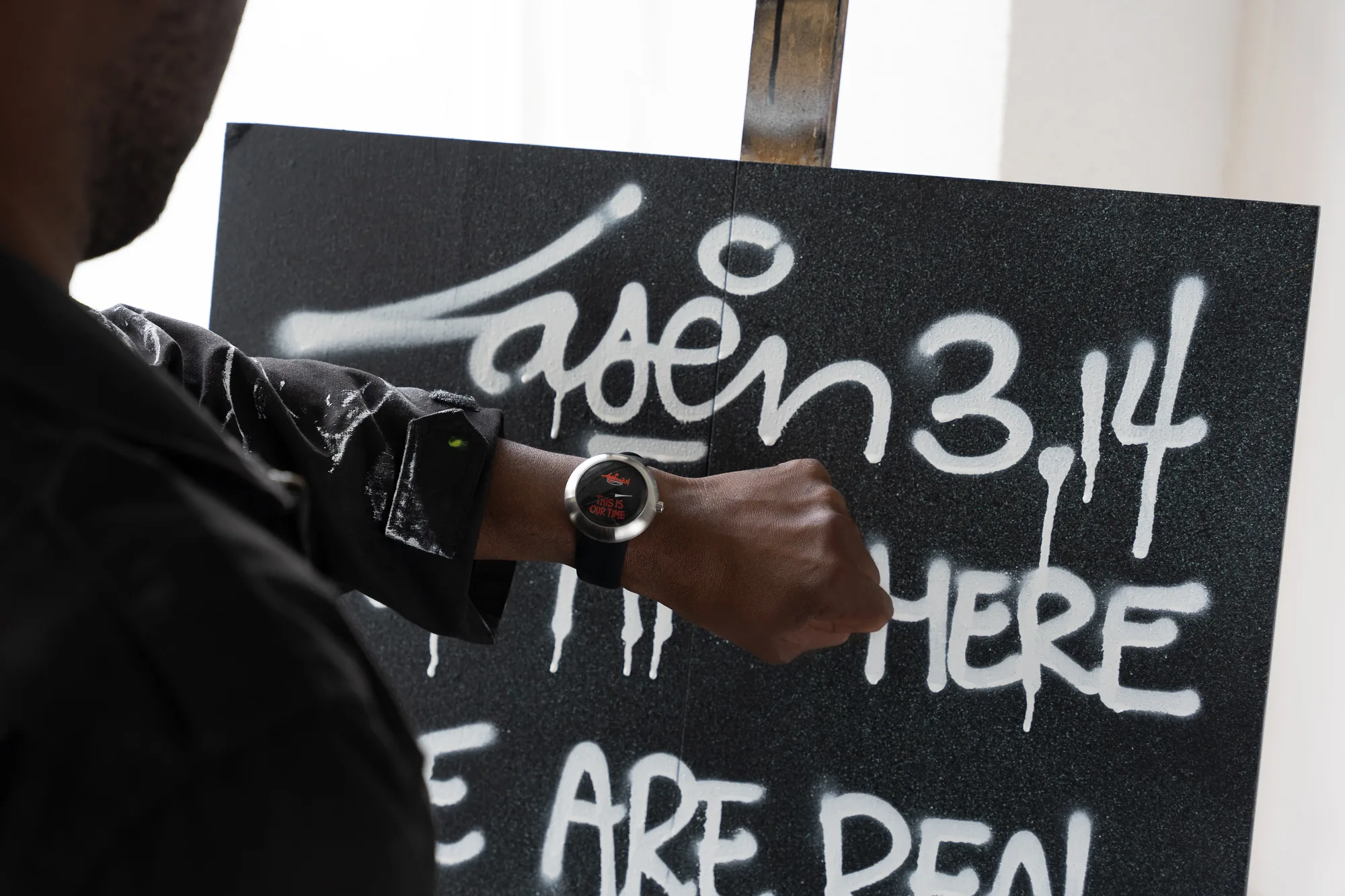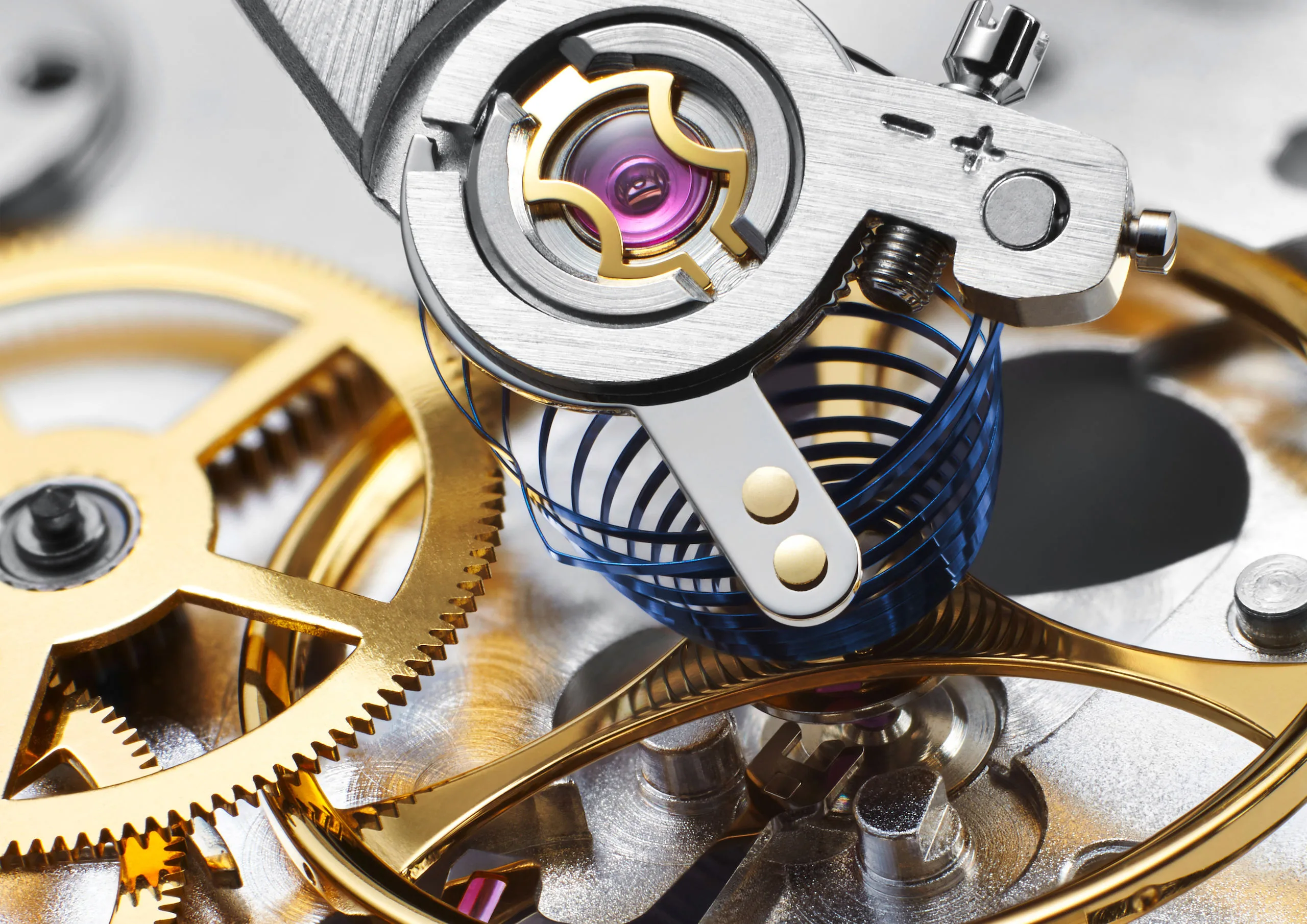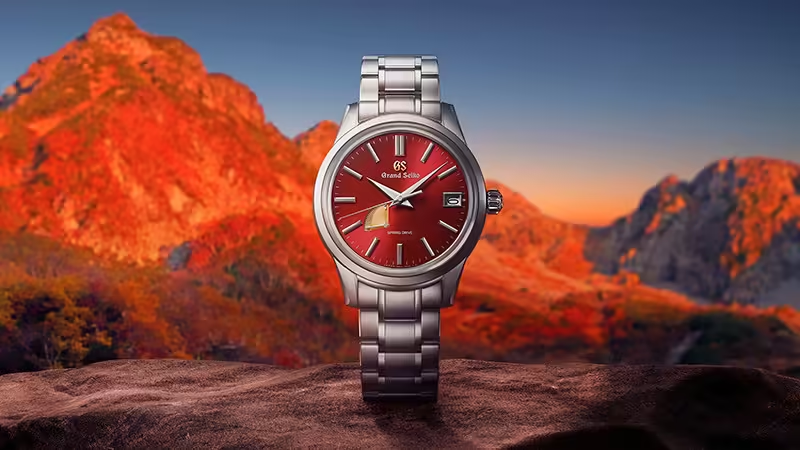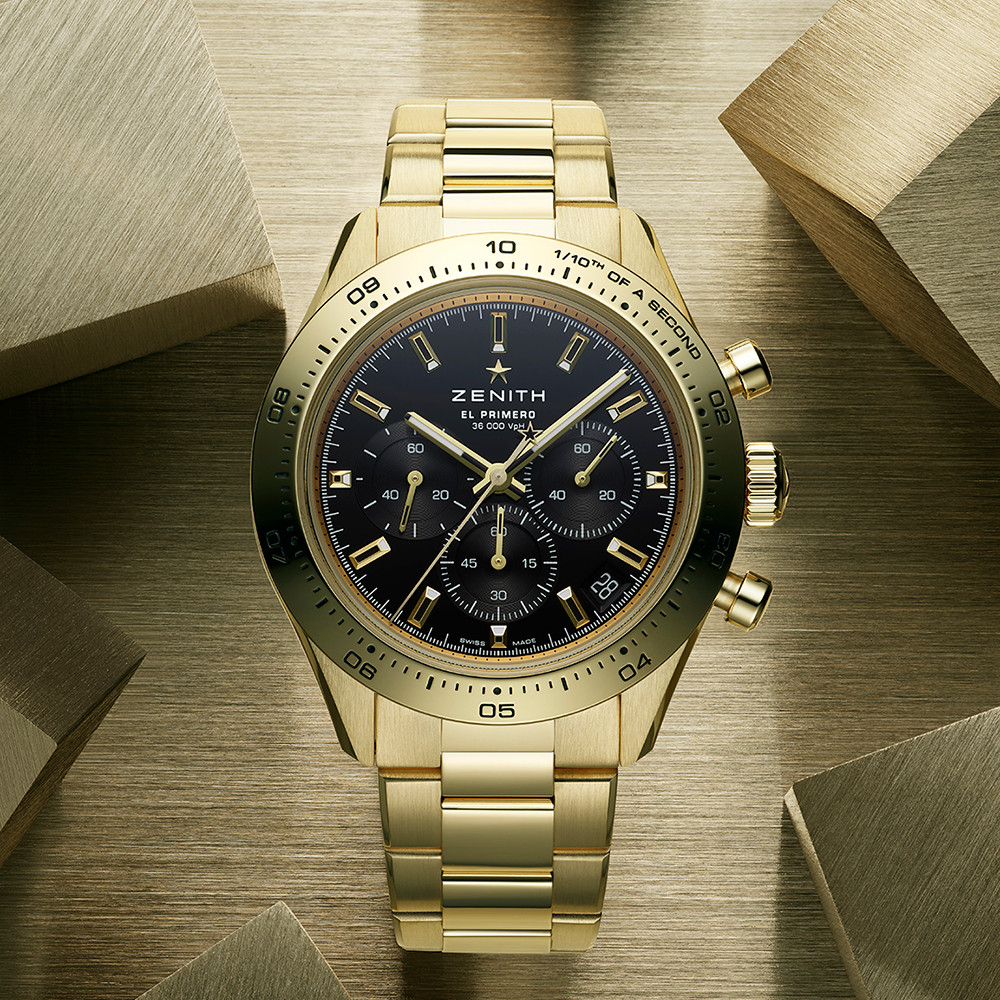Introduction: A Seismic Shift in Horology
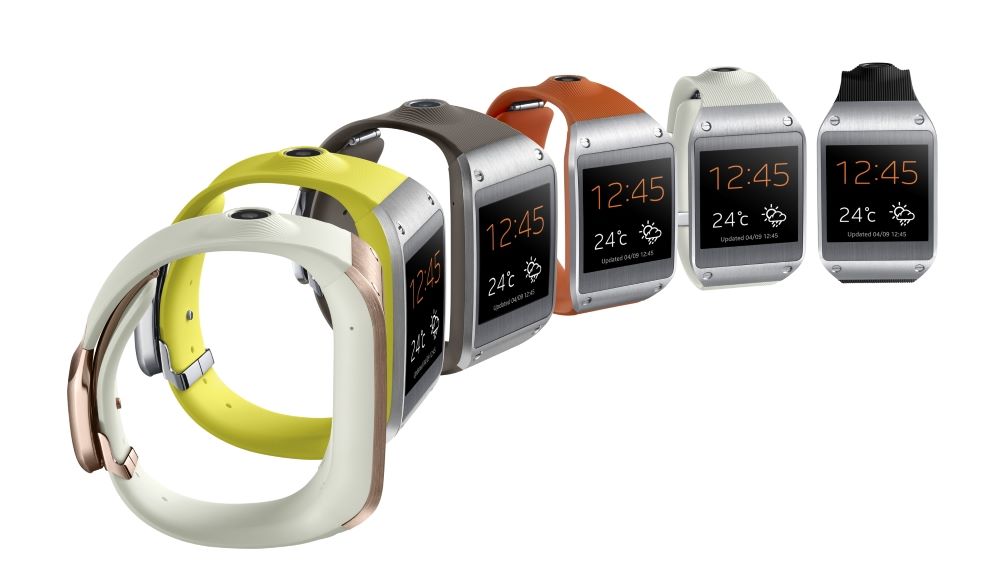
In the world of horology, where precision and tradition have long been the cornerstones of craftsmanship, a revolution is quietly unfolding. The rise of smartwatches, once dismissed as mere gadgets by luxury watchmakers, has sparked a fascinating evolution in the industry. Today, we’re witnessing a captivating fusion of classic horology and cutting-edge technology as heritage brands step boldly into the future of wearable tech.
The Initial Resistance: Tradition Meets Technology
When smartwatches first emerged on the scene, they were met with a mixture of skepticism and dismissal from traditional watchmakers. These tech-driven timepieces, championed by companies like Apple and Samsung, seemed at odds with the artistry and heritage embodied by brands such as Rolex, Patek Philippe, and Omega.
The initial resistance was rooted in a fundamental difference in philosophy:
- Traditional watchmaking emphasized meticulous craftsmanship, longevity, and emotional value.
- Smartwatches were seen as utilitarian devices with limited lifespans and lacking the soul of true horological masterpieces.
This clash of ideologies led many luxury brands to initially disregard the smartwatch trend, viewing it as a passing fad that couldn’t possibly threaten their centuries-old craft.
The Turning Point: Recognizing the Potential
However, as smartwatches gained popularity, even among luxury watch enthusiasts, it became clear that this was no passing trend. The turning point came when traditional watchmakers recognized that smartwatches could complement, rather than replace, their mechanical masterpieces. This realization gave birth to a new category: hybrid watches.
Pioneers of the Hybrid Era
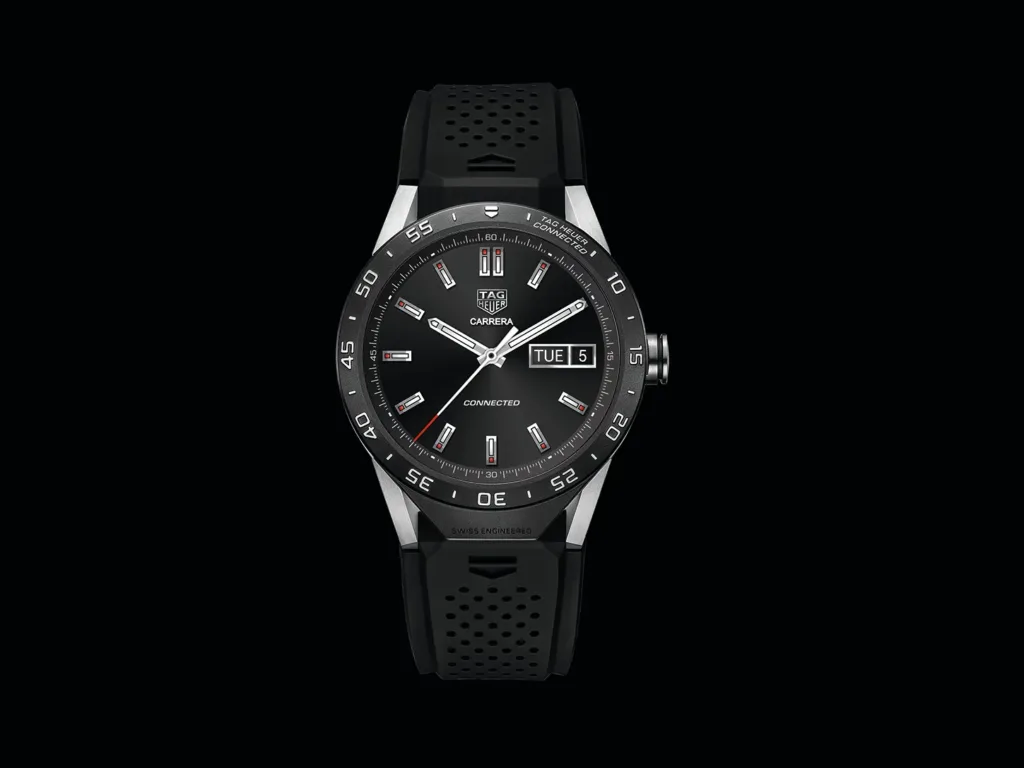
Tag Heuer led the charge in 2015 with the launch of the Connected, a smartwatch that married the brand’s distinctive design with Android Wear technology. This bold move signaled that luxury watchmakers could create products offering both timeless design and modern functionality.
Other prestigious brands quickly followed suit:
- Montblanc introduced its Summit line, combining Swiss watchmaking traditions with cutting-edge wearable tech.
- Breitling unveiled the Exospace B55, a connected chronograph designed specifically for pilots.
- Frederique Constant launched the Hybrid Manufacture, ingeniously combining a mechanical movement with smart functionalities.

Hublot’s Bold Entry: The Big Bang E
In 2020, Hublot made a significant splash in the smartwatch market with the introduction of the Big Bang E. This release marked a pivotal moment for the brand, known for its “Art of Fusion” philosophy, as it applied this concept to the merger of traditional watchmaking and cutting-edge technology.
The Big Bang E stands out for several reasons:
- Design Continuity: It maintains the iconic Big Bang design, ensuring brand recognition and appeal to Hublot enthusiasts.
- High-End Materials: The watch features a 42mm case made from materials like titanium or ceramic, staying true to Hublot’s premium positioning.
- Advanced Technology: Powered by Wear OS by Google, it offers a wide range of smart features including fitness tracking, notifications, and customizable watch faces.
- Exclusive Apps: Hublot developed proprietary apps for the Big Bang E, including one that allows wearers to follow major football (soccer) tournaments.
This move by Hublot demonstrated that even brands deeply rooted in traditional luxury watchmaking could create compelling smartwatch offerings without compromising their identity or values.
The Art of Balance: Fusing Tradition and Technology
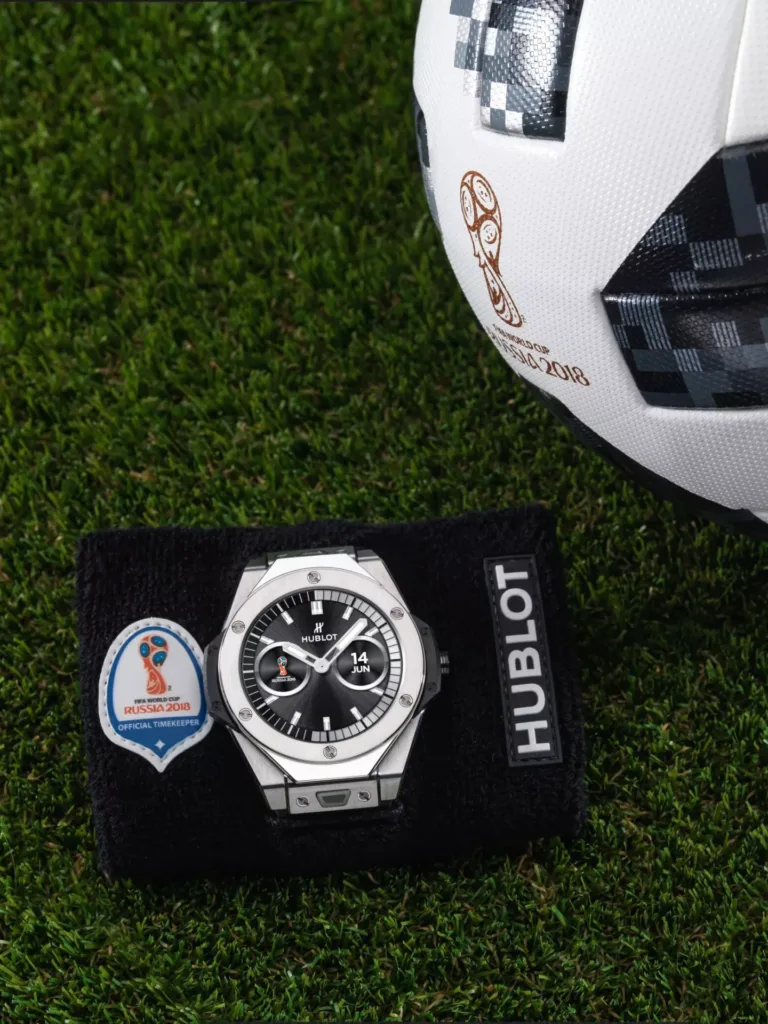
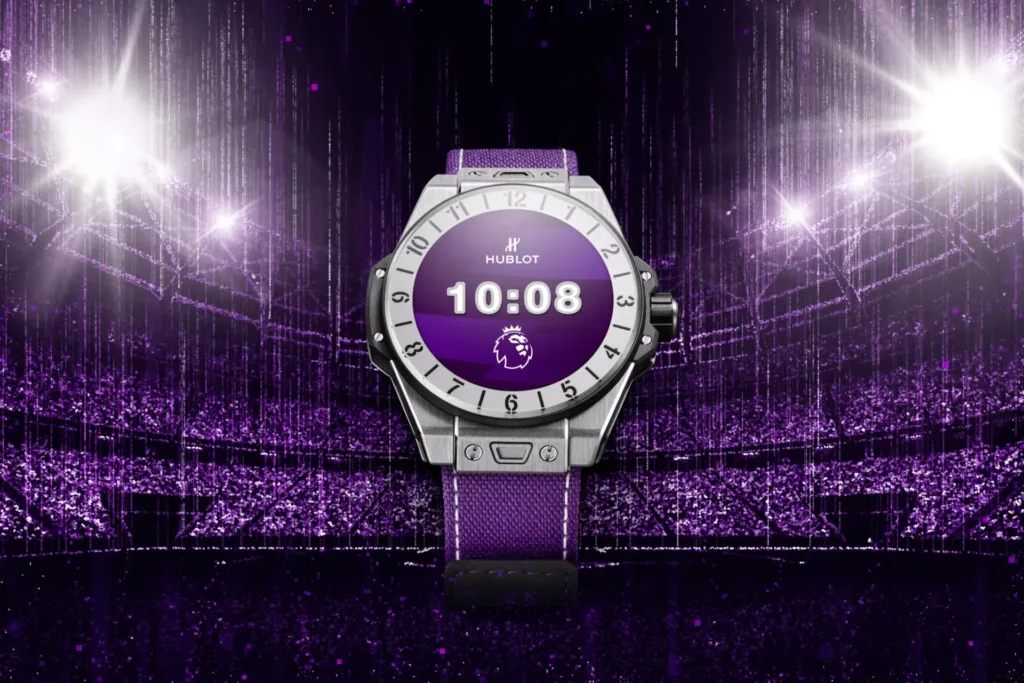
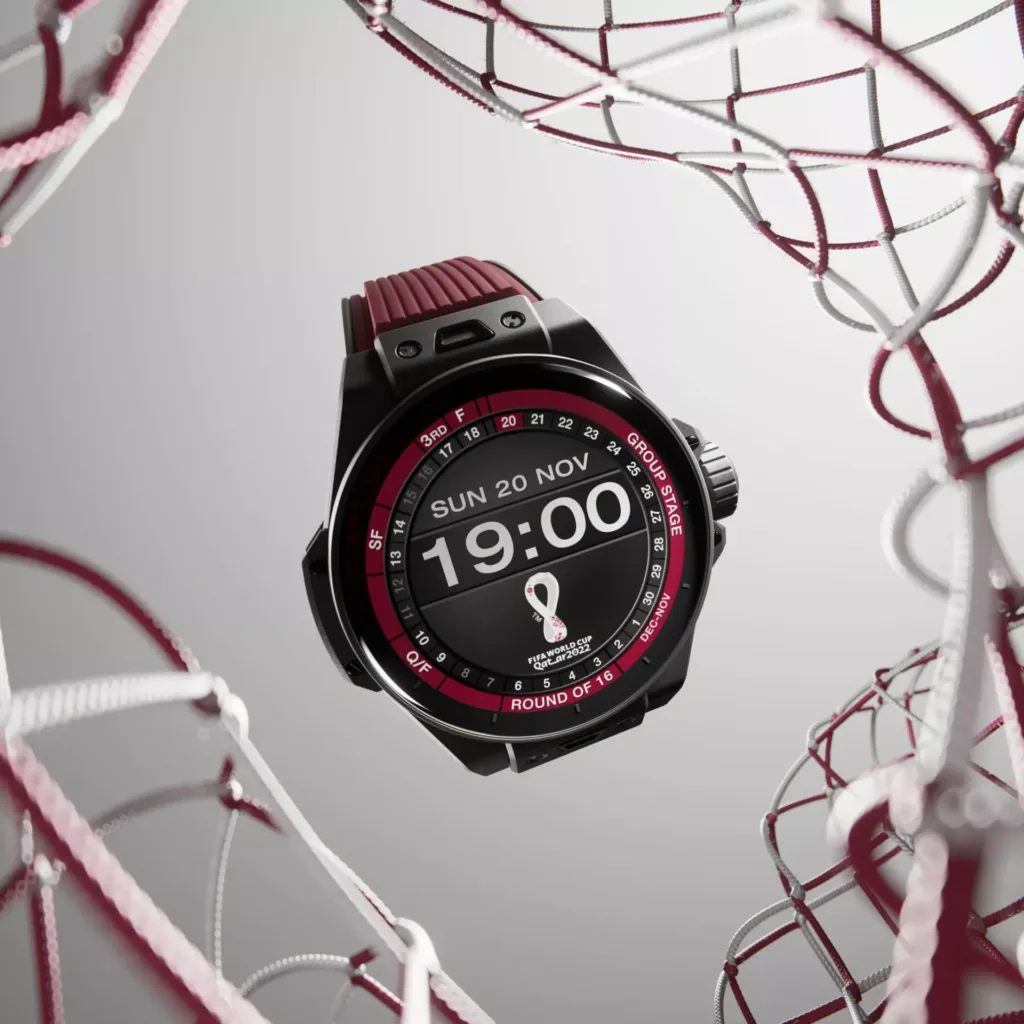
The challenge for these brands lies in striking a delicate balance between preserving their heritage and integrating technology that meets contemporary needs. This balance is evident in every aspect of these new timepieces:
- Materials: High-end components like titanium cases, sapphire crystal, and alligator leather straps maintain the luxurious feel expected from premium brands. For instance, the Hublot Big Bang E’s use of scratch-resistant sapphire crystal and high-grade titanium or ceramic for its case exemplifies this commitment to quality.
- Design: Classic analog dials often conceal sophisticated sensors and processors capable of tracking fitness, receiving notifications, and even making contactless payments. In the case of the Big Bang E, Hublot cleverly adapts its iconic Big Bang design to accommodate a full OLED touchscreen.
- Functionality: Smart features are carefully integrated to enhance, rather than overshadow, the core timekeeping function. The Big Bang E, for example, offers a range of traditional watch faces alongside its smart capabilities, allowing users to switch between classic and modern aesthetics.
- User Experience: Intuitive interfaces bridge the gap between traditional watch operation and modern smart capabilities. Hublot’s development of exclusive apps for the Big Bang E showcases how brands can create unique experiences tailored to their audience.
The Obsolescence Dilemma: A Ticking Challenge
Yet, as innovative as these hybrid watches are, they face a significant hurdle: obsolescence. Unlike traditional luxury watches, which can last for generations and often appreciate in value, smartwatches are intrinsically tied to rapidly evolving technology.
The Contrast with Traditional Timepieces
This built-in obsolescence stands in stark contrast to the enduring nature of mechanical watches:
- A well-maintained Rolex or Omega can function flawlessly for decades.
- Vintage mechanical watches often appreciate in value, especially limited editions or those with historical significance.
- Traditional watches are viewed as heirlooms, investments, and symbols of personal achievement.
The Consumer’s Dilemma
The disparity in long-term value poses a dilemma for consumers:
- Smartwatches offer unparalleled convenience and connectivity.
- Traditional watches provide longevity and potential value retention.
For those who view their watches as investments or treasured items to be passed down, traditional watches remain the preferred choice. However, the allure of modern features and connectivity continues to draw many towards smart and hybrid options.
Market Expansion: A Rising Tide Lifts All Boats
Interestingly, the rise of smartwatches hasn’t led to the decline of mechanical watches as some feared. Instead, it has expanded the market, bringing renewed attention to the art of watchmaking.
The Complementary Approach
Many enthusiasts now own both types of timepieces:
- A classic mechanical watch for formal occasions and as a statement piece.
- A smartwatch for everyday use, fitness tracking, and seamless connectivity.
This dual ownership trend has created new opportunities for both traditional watchmakers and tech companies, encouraging innovation and collaboration across the industry.
The Future of Luxury Timekeeping: Innovation Meets Heritage
Looking ahead, the integration of smart technology into luxury watches is poised to continue evolving. We may see:
- Further innovations in battery life and energy efficiency.
- More sophisticated health-monitoring features, such as ECG or blood oxygen sensors.
- Greater customization options through digital interfaces, allowing users to personalize their watch faces and complications.
- Enhanced connectivity with other smart devices and the Internet of Things (IoT).
Conclusion: The Eternal Tick of Innovation
As we stand at this horological crossroads, one thing is clear: the art of watchmaking is far from static. It’s adapting, evolving, and embracing new technologies while cherishing its rich history. The future of timekeeping lies not in choosing between tradition and innovation, but in their harmonious coexistence.
In this timeless dance between the old and the new, we find not just a way to tell time, but a reflection of our ever-changing relationship with it. The watchmakers who will thrive in this new era are those who can honor their heritage while boldly stepping into the future, creating timepieces that are both timeless and timely.
As consumers, we are the beneficiaries of this horological renaissance, with an unprecedented array of choices that cater to our desire for both craftsmanship and connectivity. Whether you prefer the quiet tick of a mechanical movement or the silent pulse of digital technology, there’s never been a more exciting time to be a watch enthusiast.
As we’ve seen with entries like the Hublot Big Bang E, even the most traditional luxury watchmakers are finding innovative ways to blend their heritage with modern technology. This ongoing evolution ensures that the art of watchmaking remains as relevant and exciting as ever, continuing to capture our imaginations and adorn our wrists in increasingly sophisticated ways.
The story of time marches on, and with it, the ever-evolving art of capturing its passage on our wrists – whether through the precise gears of a mechanical movement or the crisp display of a high-end smartwatch.
